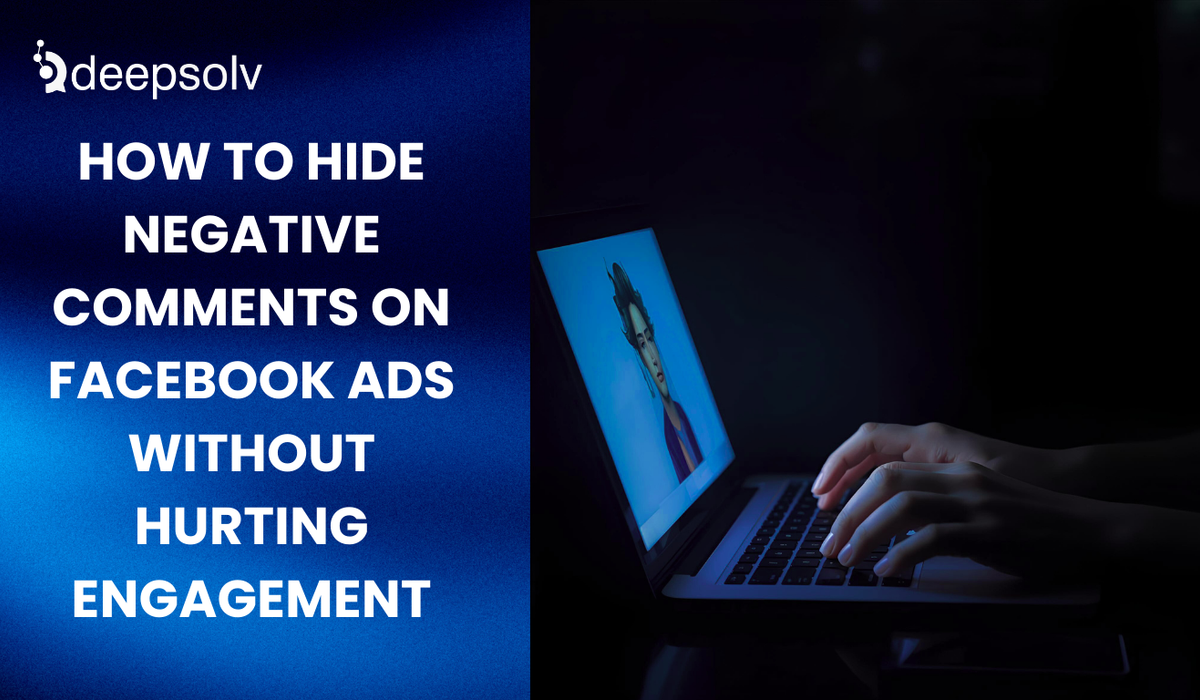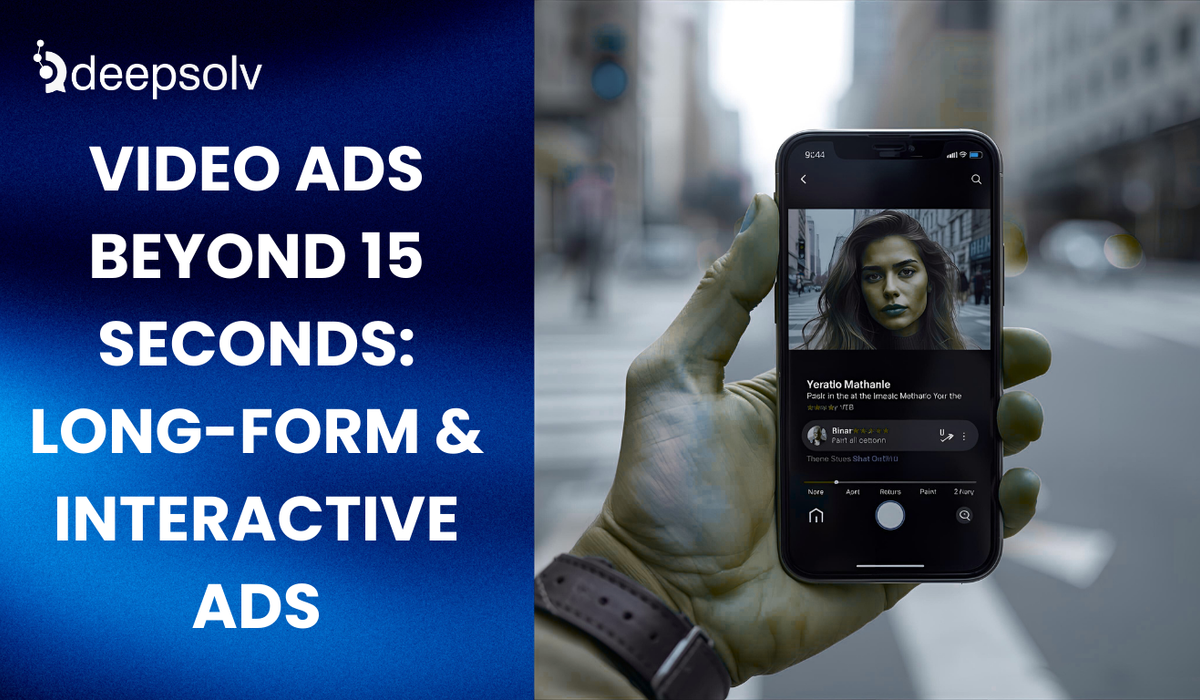How to Hide Negative Comments on Facebook Ads Without Hurting Engagement
5 min read
Published: 9/23/2025

Negative comments on Facebook ads can derail even the most well-optimized campaign. From trolls to unhappy customers to competitors throwing shade, what appears in your comment section shapes how your audience perceives your brand. But deleting comments outright isn’t always the answer- it can damage trust, reduce transparency, and even lower engagement.
So, how do you manage negative comments without hurting your brand’s reputation or your campaign performance?
Let’s break it down.
Why Facebook Comments Matter More Than Ever
In 2025, Facebook’s algorithm rewards not just ad clicks but engagement signals especially comments. Comments drive visibility, trigger retargeting audiences, and influence how relevant your ad appears to new viewers. In fact, Meta’s ad delivery system factors in comment activity to determine whether your ad is worth showing to more users.
But not all comments are good for business:
- 🚫 "Scam!" — creates distrust instantly
- 🧪 "I ordered this and it never arrived" — deters potential buyers
- ⚔️ Competitor baiting or spam links — siphons traffic
- 🤖 Bot replies or fake giveaway spam — hurts brand trust
The stakes are higher because users often read comments before clicking or buying.
Case Example: DTC Skincare Brand
A clean beauty DTC brand ran a Facebook ad for their bestselling serum. In 24 hours, the ad picked up over 300 comments of which 70+ were about delayed delivery during a past campaign. Even though the logistics were resolved, these old complaints deterred 12% of new cart initiations, as revealed in post-purchase surveys. Simply hiding the most damaging comments (while replying to a few constructively) improved ROAS by 18% over the next week.
Should You Delete or Hide Negative Comments?
Here’s the golden rule:
Delete spam. Hide harmful. Reply to criticism.
Let’s unpack this.
| Type of Comment | What to Do | Why |
| Spam links, bots, fake offers | Delete | Doesn’t add value and confuses audience |
| Troll comments | Hide | Avoids giving them a platform |
| Genuine complaints | Reply publicly | Shows accountability and builds credibility |
| Sensitive legal claims | Hide & respond privately | Keeps context without feeding drama |
Step-by-Step: How to Hide Facebook Ad Comments
1. Go to Ad Manager → Posts → View Comments
Locate the ad you want to manage and open the comment feed.
2. Hover Over the Comment → Click the Three Dots
This opens your moderation options.
3. Select “Hide Comment”
The comment is now hidden from public view—but the commenter and their friends will still see it.
4. Track Hidden Comments (Optional)
Use a simple Google Sheet or Deepsolv’s Brandy tool to track which comments were hidden and why. Over time, patterns may emerge around certain campaigns, products, or demographics.
Automating Comment Management with Brandy by Deepsolv
If you’re running 10+ ads a week, manually hiding and replying becomes unscalable. That’s where automation tools like Brandy by Deepsolv come in.
What Brandy Does:
✅ Auto-detects negative sentiment using NLP (natural language processing) in real time
✅ Flags keywords like "scam," "refund," or "don’t buy" across campaigns
✅ Automatically hides spam comments or redirects genuine concerns to DMs
✅ Allows you to whitelist repeat customers, influencers, or VIP commenters
✅ Gives you a heatmap of comment sentiment by ad
Don’t Just Hide—Engage Strategically
The goal isn’t to sanitize your feed. It’s to shape perception and build trust.
When to Respond Instead of Hiding:
- If the commenter is a past customer with a bad experience
- If they mention specific order IDs or timelines
- If multiple users are echoing the same concern
A thoughtful response like:
“Hi Anya, we’re so sorry your order was delayed! Our team has sorted the backlog from last week and we’re DMing you the tracking link now.”
...is 10x more powerful than hiding the comment.
Bonus Tip:
Pin positive reviews at the top. You can manually pin a helpful comment that raves about the product, mentions quick delivery, or shows results (especially with UGC). This becomes social proof at first glance.
Final Thoughts
Hiding negative comments is not about silencing feedback- it’s about creating a constructive space for conversation while shielding your brand from unnecessary drama.
Use a mix of hiding, replying, and pinning to control the narrative. And if you’re scaling fast, let tools like Brandy by Deepsolv handle the chaos so your team can focus on community building and conversions.
👉 Want a custom strategy to manage your Facebook ads like a pro? Book a call with Deepsolv and see how Brandy can work for you.
FAQs
Frequently asked questions related to this blog post



